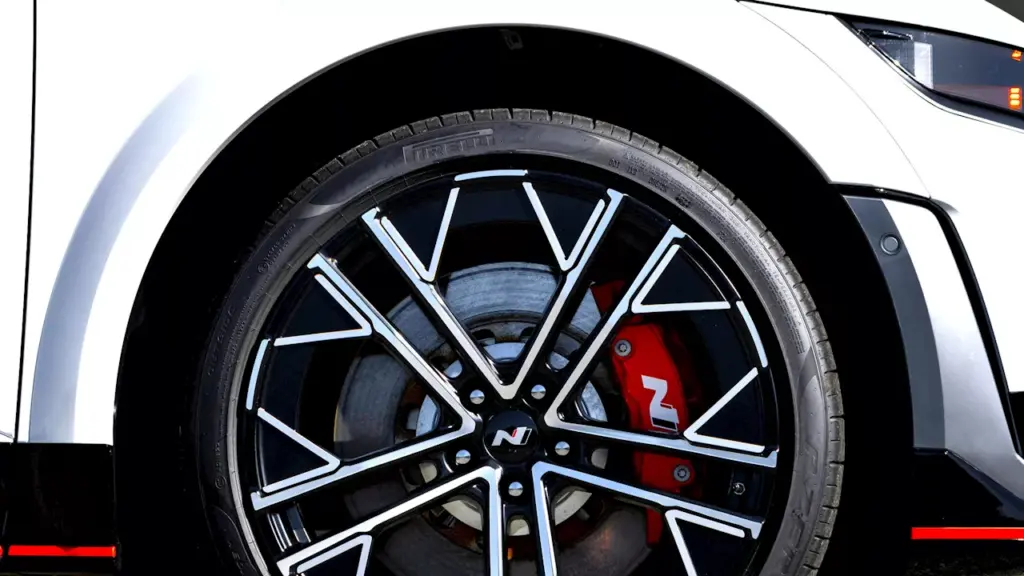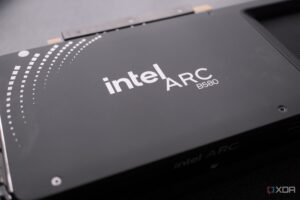
The ability to perform basic maintenance on vehicles has become a challenging prospect for some Hyundai Ioniq 5 and Ioniq 5 N owners. Recent revelations indicate that replacing rear brake pads on these electric vehicles (EVs) requires access to specialized tools and software, which can cost upwards of $6,000. This has raised significant concerns among right-to-repair advocates, who argue that such restrictions infringe upon owners’ rights to maintain their own vehicles.
A Hyundai Ioniq 5 N owner recently discovered that changing rear brake pads is not as straightforward as it once was. The owner, who frequently drives the vehicle in a spirited manner, found that the process necessitated retracting the electronic parking brake. This seemingly simple task quickly escalated into a complicated affair, requiring the use of Hyundai’s Global Diagnostic System or a $2,000 J2534 Diagnostic Tool.
Costly Tools and Limited Access
The Global Diagnostic System is a proprietary software used by Hyundai dealerships to perform various maintenance tasks. The owner learned that the system costs nearly $6,000 to purchase, a price point that is prohibitive for many individual repair shops and DIY enthusiasts. An alternative option involves the J2534 Diagnostic Tool, which costs around $2,000 for the necessary adapter and requires a weekly software subscription of $60. This tool is compatible with certain approved devices, including the CarDAQ Plus 3, Bosch’s MTS 6531, and DG Technologies’ d-briDGe PRO.
Moreover, the use of the J2534 tool demands authentication from the National Automotive Service Task Force (NASTF). This authentication process is designed to ensure that only certified technicians and repair facilities can access the software, further complicating the ability for individual owners to perform their own maintenance. A representative from NASTF confirmed that their credentials are intended for use by qualified professionals in the automotive industry.
Hyundai Responds with Commitment to Safety
In response to these concerns, Hyundai issued a statement emphasizing their commitment to safety and secure service solutions. According to the company, the official repair procedure for vehicles equipped with electronic parking brakes, such as the Ioniq 5, mandates the use of either the Global Diagnostic System or the J2534 application to ensure proper functionality and safety for customers.
Hyundai noted that they have recently expanded access to their J2534 application, allowing aftermarket users to perform functions that were previously restricted. Despite this, the requirement for NASTF authentication remains in place for secure operations. The automaker asserted, “DIYers can replace brake pads on the Hyundai Ioniq 5 and Ioniq 5 N, but it requires specific steps and tools.”
They acknowledged that these vehicles’ unique braking systems necessitate proper tools to avoid the risk of damaging components during manual retraction. While Hyundai is exploring ways to facilitate routine maintenance for customers, the costs associated with the necessary tools may deter many owners from attempting repairs independently.
For now, the complexities involved in replacing the rear brakes on the Ioniq 5 N suggest that this maintenance task may be best left to certified professionals. As owners grapple with these unexpected challenges, the broader conversation surrounding the right-to-repair movement continues to gain momentum, highlighting the need for more accessible solutions in the automotive industry.







